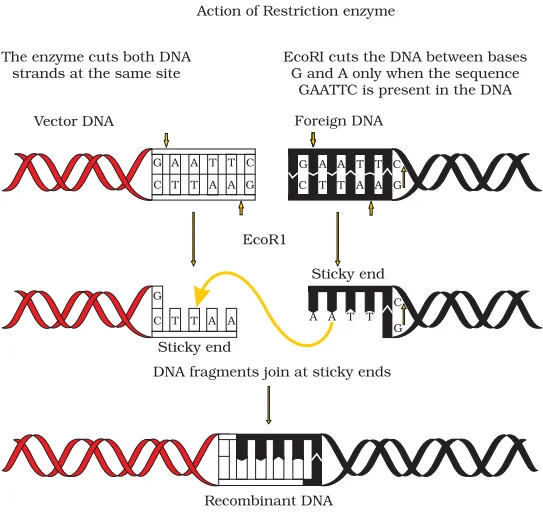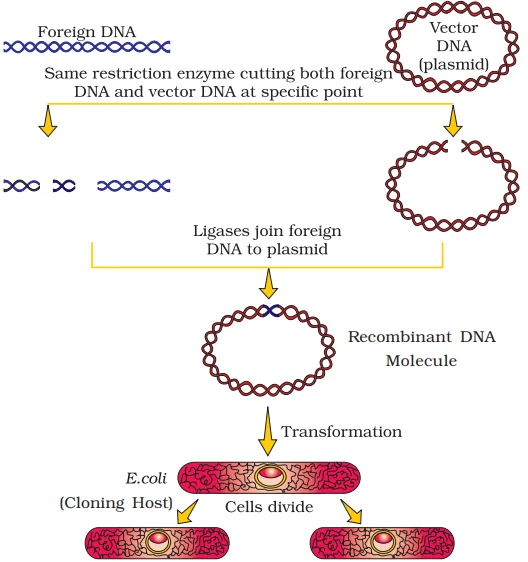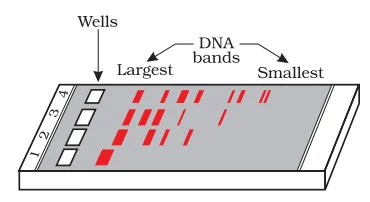![]() December 19, 2023
December 19, 2023
![]() 348
348
![]() 0
0
Genetic Engineering Tools: Precision in DNA Innovation –
Recombinant DNA technology relies on a suite of powerful tools that enable precise manipulation of genetic material. Tools facilitate the creation of genetically modified organisms and the production of desired proteins, advancing diverse applications in biotechnology.
How do important Genetic Engineering tools, such as vectors and restriction enzymes work together to drive Progress?
Do You Know?
The first restriction endonuclease–Hind II, whose functioning depended on a specific DNA nucleotide sequence was isolated and characterized in 1968. It was found that Hind II always cut DNA molecules at a particular point by recognising a specific sequence of six base pairs. This specific base sequence is known as the recognition sequence for Hind II.
Naming of enzymes: The first letter of the name comes from the genus and the second two letters come from the species of the prokaryotic cell from which they were isolated. For example, EcoRI comes from Escherichia coli RY 13.



Mechanism to facilitate cloning into a vector: Enhancing Replication, Selection, and Expression:
Additional Information
Transformation is a procedure through which a piece of DNA is introduced in a host bacterium. For example, ampicillin, chloramphenicol, tetracycline or kanamycin, etc., are considered useful selectable markers for E. coli. The normal E. coli cells do not carry resistance against any of these antibiotics.
Diverse Strategies for Introducing Recombinant DNA:
<div class="new-fform">
</div>

Latest Comments